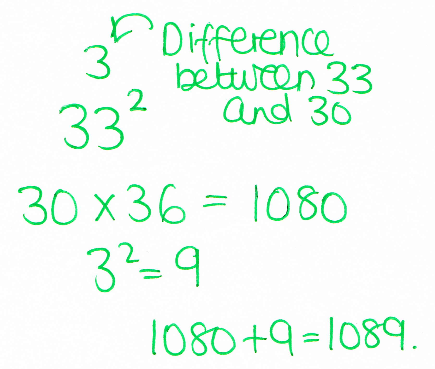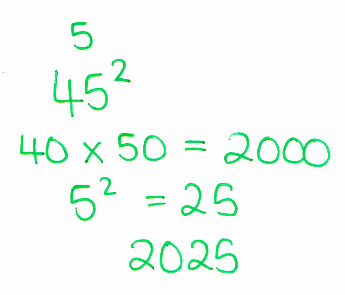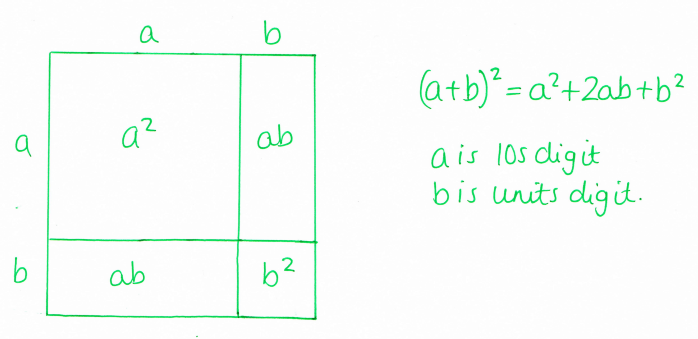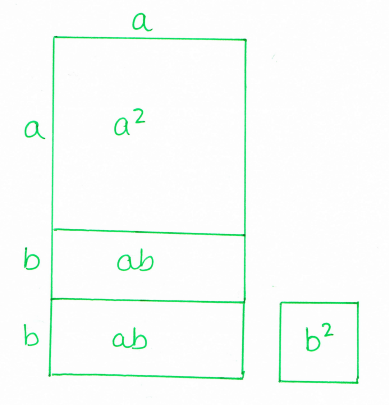- Work out the difference between 33 and the nearest 10 (in this case, 30). Difference = 3.
- Add the difference to 33 to get 36. Subtract the difference from 33 to get 30.
- Multiply these two numbers together (30 x 36). This is (apparently) the advantage of this method - it's easier to do 30 x 36 in your head than a four-way decomposition.
- Finally, square the difference (3² = 9) and add it on to 30 x 36 to get a final answer of 1080 + 9 = 1089.
And here's my workings:
Then, because I'm a mathematician and I like doing things properly, I tried to make it work with algebra:
Just thought this might be a nice challenge problem to give to pupils when working with quadratics (or square numbers for that matter) - show them the video, then get them to explain why it works - numerical or algebraic approach. I do think this lends itself to an exploration of the link between square numbers, area and quadratics, which I think is often overlooked.





 RSS Feed
RSS Feed
